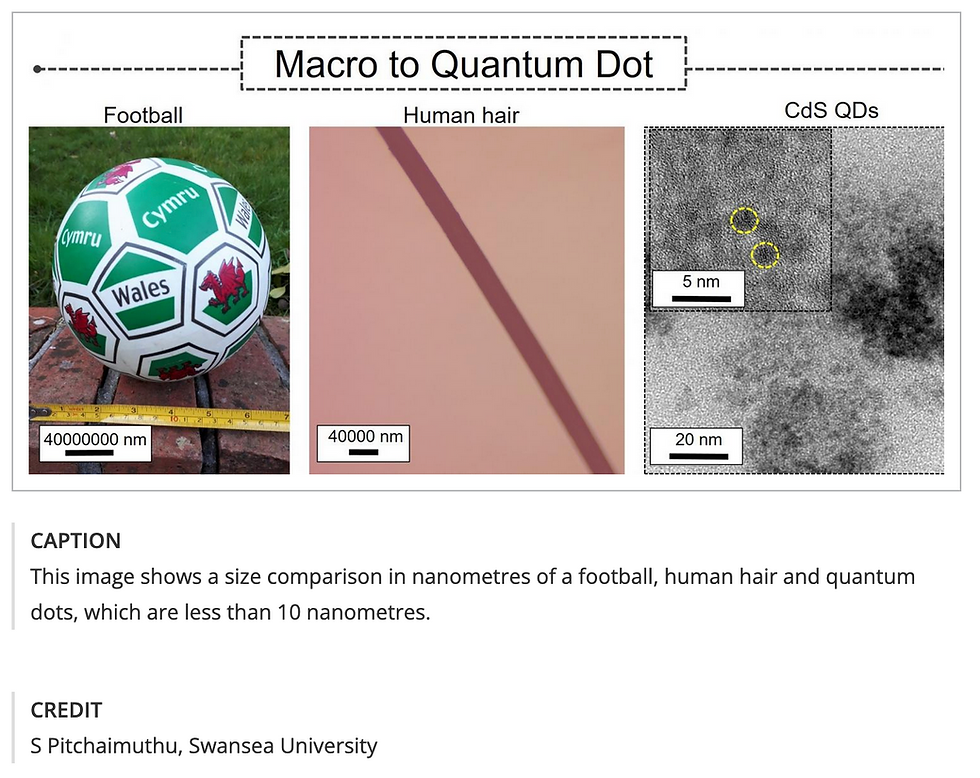PPM Explained With Grains of Rice
- Eric Ritter

- Jan 6, 2024
- 3 min read
After my last article i wanted to describe PPM in a way that was more accessible, as a result i made a video and posted it to Instagram. you can view it below-
This video is brought to you by the fact that ~100lbs of rice equals 1million grains, and that i also had some red 40 laying around.
I wanted to get a visual out there on the amount of contamination that is present at 90, 600, 3000, 5000 and 40,000 parts per million because these are the ranges of lead paint out there.
I think its pretty clear that 90 is really safe, there's very few particles of lead present on the surface whatsoever. i do not think that its really reasonable to lower this limit any more given how widespread lead actually is in the environment and given the fact that, at a basic level manufacturing concentrates things.

At the level of 600, there is much more surface presenting contamination, the paint is 6x more lead bearing that the current 90ppm limit. While its nearly 10x lower than the current guidelines for what lead based paint are there's no health basis for that limit of 5000. But that's a topic i will cover sometime in the future.

at 3000 parts per million the contamination really rises, as this is 33x the Safe level of 90. and this is still below that limit i said i wouldn't talk more about -____- i think the visual is compelling at this level vs 600, there is noticeably more specks of red rice on the surface compared with the other, lower levels of contamination.

At 5000, the federally defined limit for lead based paint the visual is again more stunning, the increase in red is about 66x the safe limit and its very noticeable.

But typically lead based paint isn't at 5000, its much higher. i think the reason that the limit is at 5000 is only because of how XRF technology reads the wall when it scans it. This is the principal technology used in the field paint analysis and i will also cover that in a future article, but what i would like to say is that although X-Ray scanning is a wonderful technology is its by definition dealing in exotic forms of radiation, forms of radiation that people cannot detect with the naked eye. Therefore it is much more expensive than lead detection using human vision.
Finally i included the level at 40,000 this is a good approximation for the actual potency of lead paint when it is found historically.

The reason for the lower limit is that the paint is almost always painted over and there is always some calculation that has to be done to determine the amount of paint, since the XRF instrument cannot know how thick the lead paint layer is, or what lies above or below there is always some estimating. even upon scraping there is an insufficient amount of information gleaned about the lead paints potency. It remains an AVERAGE, this is a big issue for human health since if dust is generated, while some of that dust will be from non-lead paint- the dust generated from the high lead content paint will still be extremely potent.
I hope this was helpful to understand the ways in which lead paint contamination may be viewed.

Comments